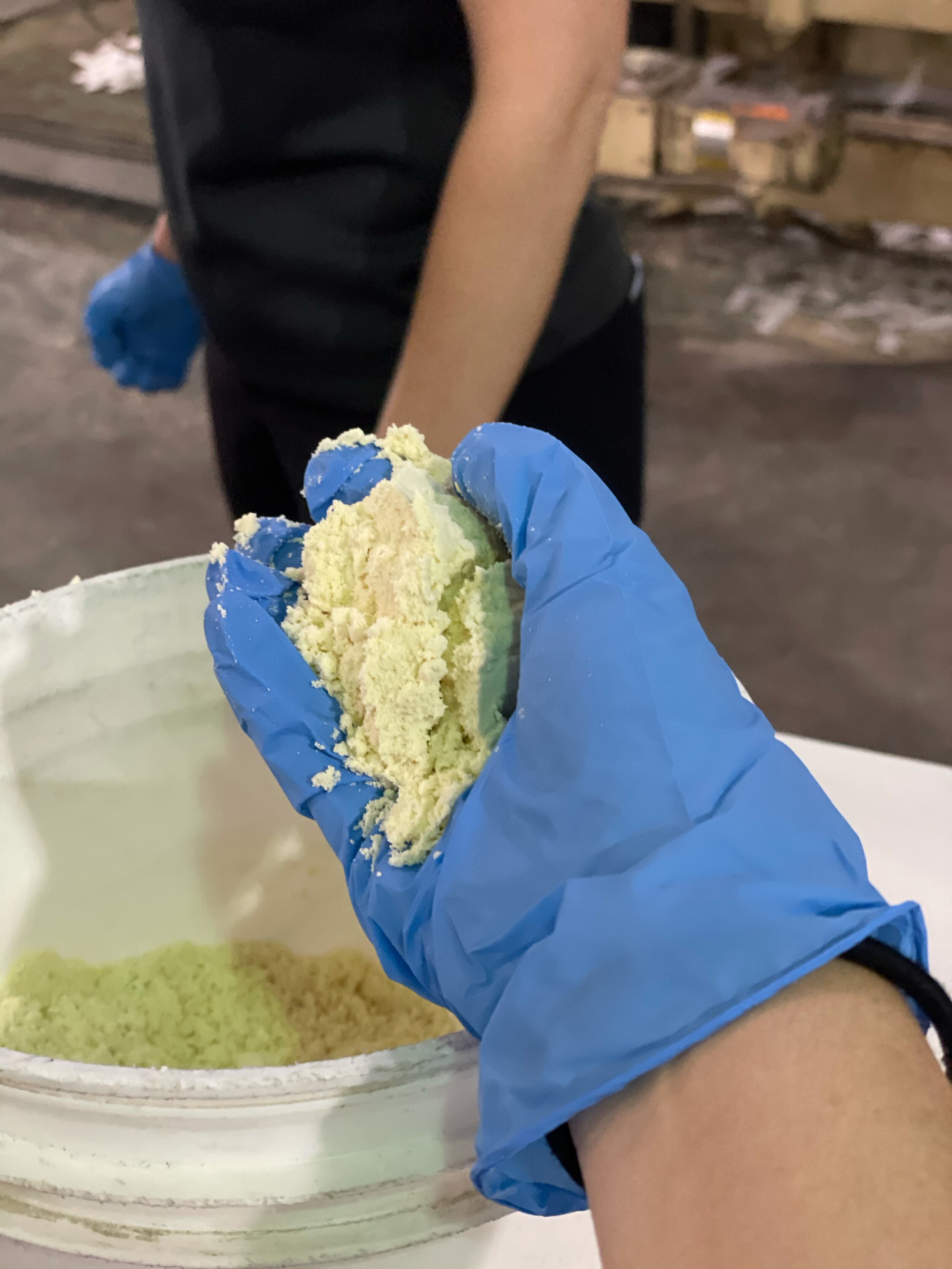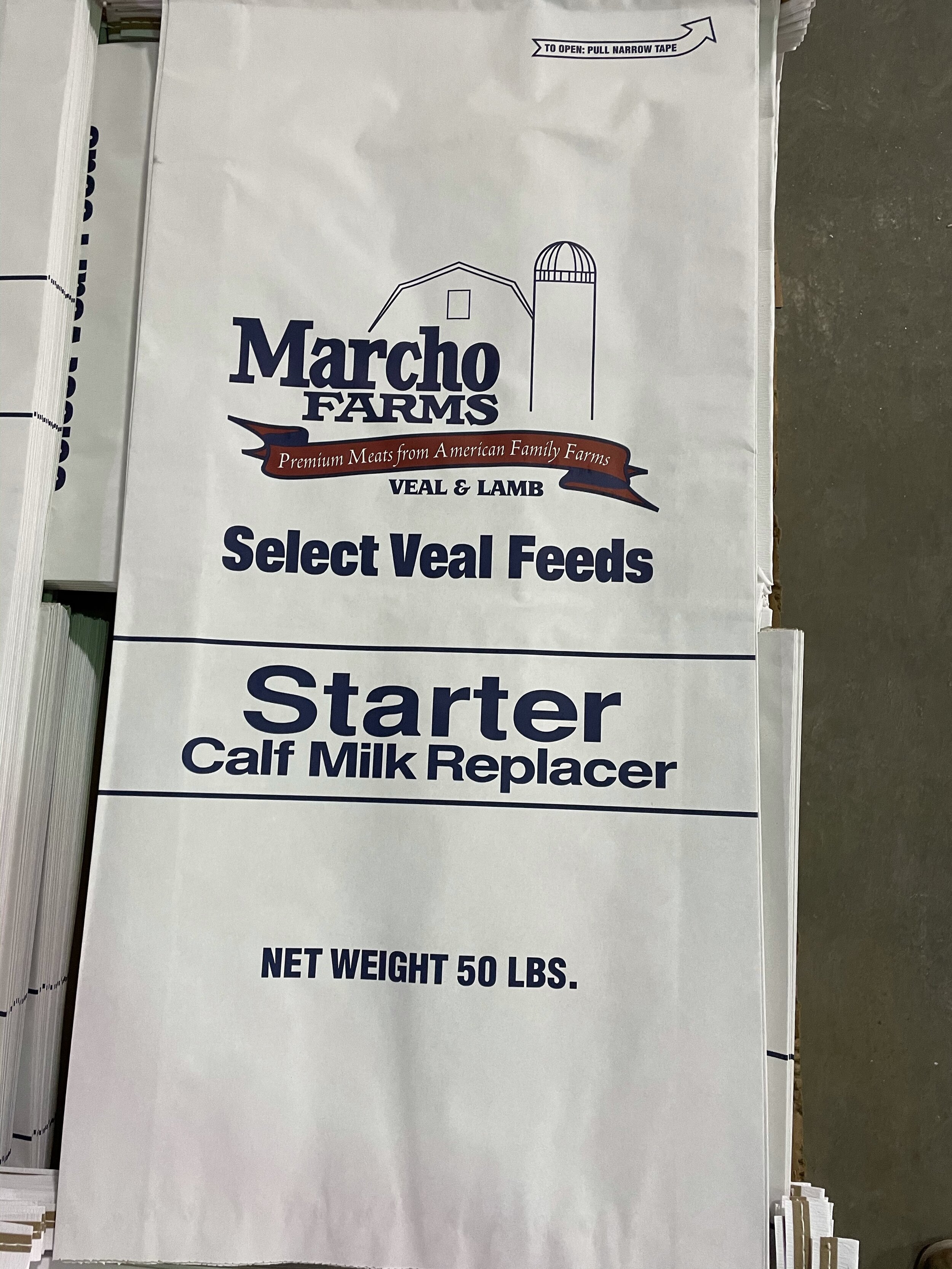Veal and the Top 4 Myths
This is a sponsored post by Veal, Discover Delicious, funded by the Beef Checkoff Read below for facts of raising veal and cooking with veal. All reviews and opinions expressed in this post are based on my personal view.
At the end of April, I went on a tour through Pennsylvania and New York to visit veal farms with the Veal, Discover Delicious. On this tour, we went through the entire process from farm to table. Before this trip, I knew next to nothing about veal. How it was raised. How it was processed. And how to cook it. On this tour, we learned about each step of the process. I hate to admit it, but prior to the tour, I had heard, and even believed, much of the misinformation out there about veal.
I should have known better than believing everything I see on the internet. But I had never been to a veal farm or talked with a farmer. I quickly realized that much of what I had been told about veal was false. While on the tour, I also realized how important is it for dairy farmers to have a strong understanding of veal. Veal is an important part of dairy. Giving a market to our bull calves. We should know more about it and how the animals are raised.
So below I am debunking the top 4 myths about veal and sharing what I learned and saw on this tour.
Myth #1: Veal Are young calves
This was the #1 question and comment I received from you all while I was on the tour. And it was the biggest misconception I had as well. And it is absolutely incorrect. When we say the word “calf”, the first thing that comes to mind is a young calf. Like a couple of days or even weeks old. That is not an accurate description of veal calves. These “calves” are better described as young bulls. They are about 500 lbs and 22 weeks old at the time of processing. And while 22 weeks might seem young if you aren't familiar with cattle, that is a big animal.
Myth #2: Veal is housed in small, dark crates
We visited two farms while on the tour. The calves were of different ages at each farm. I was beyond impressed with both. The barns were bright and open air. I was surprised by how little of a smell there was. The whole barn was so clean and well kept. The calf pens were also clean and well maintained. And there was plenty of room for each of the calves. At the barns we saw, the calves are in an individual pen for the first couple of weeks. Then they are converted to a group pen. These farms had two calves per pen, but some farms have as many has 5 more or per pen.
Raising calves in group pens is an industry-standard outlined in the Veal Quality Assurance program. This program, like our National Dairy FARM program, provides best management practices for raising healthy veal calves.
MYTH #3: Veal calves do not have a balanced diet
Just like our dairy cattle, veal calves have their diets planned by a cattle nutritionist. The calves receive a combination of milk and grain. While on the tour, we visited the processing plant that makes the milk replacer that is fed to the calves. The milk replacer is a balance of protein, fats, vitamins and more that the calves need to grow. They are also fed grain (pictured below).
One of the questions I got about the calves’ diets was related to their iron intake. The calves have their iron levels checked multiple times to make sure they are within healthy levels.
Myth #4: Veal is not sustainable
Veal has such an incredible sustainability story! And it is an important part of dairy sustainability too. Since our dairy only has heifers and cows, I often get asked about our bull (male) calves. Here in New Mexico, our bull calves are raised for beef. But in other places across the country, especially the Northeast, the bull calves are raised for veal. So right from the start, veal is filling a need in dairy, a market for dairy bulls.
Another part of veal sustainability is their milk replacer. When we make cheese, the process creates a protein-rich liquid called whey. And since we all really love cheese, we end up with a lot of whey! If you use a protein powder, it very well may be made from whey. Whey is a great source of protein. That same whey in your protein shake is also used in the milk replacer for veal calves.
Veal is a great example of UPCYCLING.
Cooking with Veal
If you are looking for some great recipes to try, check out my veal chili recipe below or check out Veal, Discover Delicious. If you are looking to purchase veal and can’t find it in your local grocery stores, Veal.org has a page with a number of places you can order veal online and it will be delivered directly to your door!

Veal Chili
Ingredients
- 2 tablespoons olive oil
- 1 cup onion, diced
- 1 jalapeno, minced w/o seeds
- 1/2 cup green chile (optional)
- 1 lb ground veal
- 3 cups crushed tomatoes
- 1/2 cup tomato sauce
- 1 tablespoon chili powder
- 2 teaspoons dry mustard
- 1/2 teaspoons basil (dry or fresh)
- 1/2 teaspoon oregano
- 1 can kidney beans, drained/rinsed
- 3 tablespoons parsley (dry or fresh)
- 1/3 cup dry white wine
Instructions
- Saute onion and peppers in oil over medium heat for about 2-3 minutes.
- Add veal and brown until pink is gone (160 degrees)
- Add tomatoes, tomato sauce, and spices. Stir until combined.
- Reduce heat to low and let simmer for 15 minutes.
Notes:
Tip: Serve with cornbread or over pasta.
Udderly,
New Mexico Milkmaid








